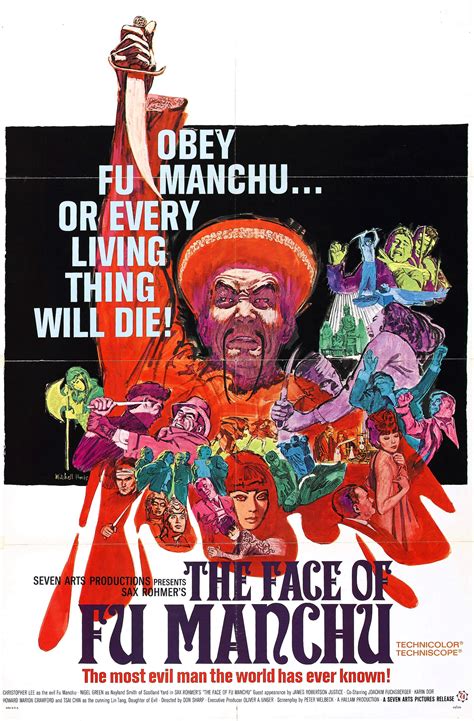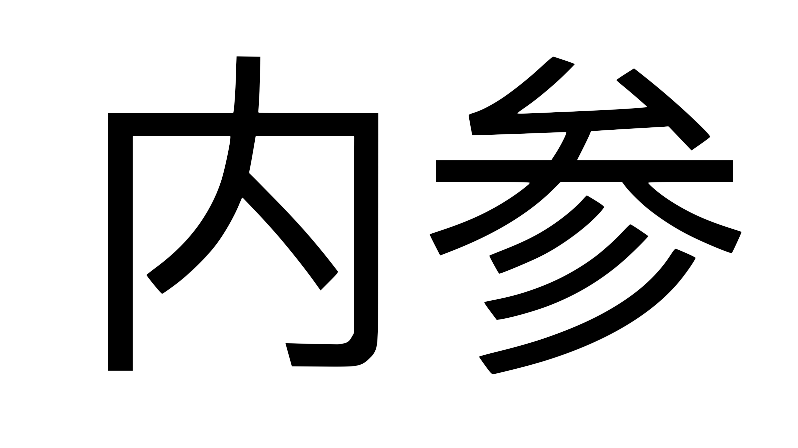Brief #73: census, human rights, conspiracy, propaganda
Neican Brief is a weekly analysis of China-related current affairs. This series is made possible by the support of the Australian Centre on China in the World, Australian National University.
Subscribe to China Neican and join thousands of policymakers, researchers, and business and media professionals. If you are already a fan of what we do, please share it with your friends:
1. Birth rate and demography
Population and birth rate were the main focus of last week’s census release. The census showed that the number of births continued to fall, marking last year the lowest official number of births since 1961 (in the middle of the Great Famine).
China’s total fertility rate in 2020 was only 1.3 births per woman. However, China’s figure is affected by the pandemic, and may not represent a long-term trend. The average fertility rate for upper middle income countries in 2019 was 1.9 and for high income countries in 2019 was 1.6.
The Chinese Government expected the population growth to decline. After all, it’s their objective in implementing the “One-Child Policy” in the 1980s (later relaxed to Two Child). Deng Xiaoping and the newly empowered reformists saw China’s big population at the time as a problem holding back China’s economic growth. This is in contrast to Mao’s earlier belief that a larger population would make the country powerful.
China is now moving to relax fertility restrictions due to concerns about declining population growth. This “relaxation” is coupled with eugenics, where the Government prioritises an educated urban population for birth encouragement. The educated population is seen as essential for China’s economic power, so it is unsurprising that under Xi, the pursuit of a more powerful China has led to a more active pro-birth policy for certain “desirable” segments of the population.
2. Human rights in Xinjiang
While the Chinese Government is encouraging more births, especially among the Han majority, a report authored by Nathan Ruser and James Leibold for the Australian Strategic Policy Institute concluded that:
While the Chinese government argues it has adopted a uniform family-planning policy in Xinjiang, the county-level natality data suggests these policies are disproportionately affecting areas with a large indigenous population, meaning their application is discriminatory and applied with the intent of reducing the birth-rate of Uyghurs and other religious and ethnic minorities.
This adds to the existing evidence that the Chinese Government is committing human rights abuses in Xinjiang.
Past international efforts aimed at pressuring countries to change their policies to improve human rights have yielded mixed results. In cases where the abuser is a great power or has the support of great power, they have been largely ineffective.
This is starkly demonstrated by the example of Israel. Despite decades of efforts by human rights activists, Israel has continued to commit human rights abuses as well as changing facts on the ground by evicting Palestinian residents, making a two-state solution increasingly untenable.
But Israel has the support of its great and powerful friend, the US. The US has even passed laws to combat the Boycott, Divestment and Sanctions (BDS) movement, with some claiming that the BDS movement is a form of antisemitism. Magnitsky sanctions by Five Eye countries against Israel are highly improbable.
China, a rising great power, believes it should be able to act in a similar way as befitting its great power status. It cites its actions in Xinjiang as “anti-terrorism”; it is changing facts on the ground by encouraging Han migration to Xinjiang, and it declares any forms of boycott or sanctions for human rights reasons as Sinophobia. As a bonus, unlike Israel, it is operating in a territory internationally recognised as within its borders.
Since China is a competitor and not ally of the US, the West can choose to not turn a blind eye to its human rights abuses, including through issuing strong condemnations and enacting Magnisky sanctions. However, the West’s inconsistency on human rights is seen by many in China as evidence that the criticisms are just part of great power competition. And unlike smaller powers, China is assured that no country would start a war with it using human rights as a justification.
3. COVID conspiracy
The Australian, one of Australia’s largest newspapers, published an exclusive last week pushing the Wuhan lab bio-warfare theory:
This article insinuates that COVID is a weapon developed by the Chinese military. It cites as evidence a 2015 book, The Unnatural Origin of SARS and New Species of Man-Made Viruses as Genetic Bioweapons (非典非自然起源和人制人新种病毒基因武器), by Chinese military university and civilian researchers. This book pushes the discredited theory that the SARS virus was weaponised by foreign powers and introduced into China.
It is one thing to believe that the theory of accidental release from a lab cannot be ruled out based on existing evidence; it is something entirely different to believe that the virus is a Chinese military bioweapon.
The latest theory pushed by The Australian article is just the latest misinformation about China, Chinese scientists, and COVID. It reflects poorly on the author of the article, The Australian’s editorial oversight, and those analysts and politicians that have eagerly suspended their critical judgement and jumped on this bandwagon.
Peddling such misinformation is grossly irresponsible. Misinformation about China can complicate diplomatic relations. Last May, Trump administration officials Peter Navaro and Mike Pompeo both condemned China, citing Australian media reports as evidence for the Wuhan lab leak theory. These media reports, originally thought to be based on secret US intelligence, turned out to be speculations based on open-source information.
Second, misinformation about China can fuel xenophobia. The latest misinformation taps into a history of racist othering by portraying the Chinese people as criminal threats to the West. Chinese Australians have been particularly concerned about how COVID is contributing to racism. In a recent Lowy Institute survey, two-thirds of Chinese Australians who have recently experienced discrimination said that COVID was a contributor.

4. COVID propaganda
The International Federation of Journalists published a report by Louisa Lim, Julia Bergin and Johan Lidberg titled The COVID-19 Story: Unmasking China’s Global Strategy. You can also hear two of the authors discussing China’s global propaganda push on the Little Red Podcast.
The report found that “China is coming out of the Covid-19 pandemic with more positive global coverage of its actions and policies than pre-pandemic.” The report detailed some of China’s efforts to push its narrative in other countries, ranging from benign means such as “increased provision of Chinese entertainment” and medical aid to problematic ones, including disinformation and the expulsion of journalists.
Here are our thoughts on this issue:
One, the increased positive coverage is unlikely due entirely to China’s propaganda push. There is no doubt China’s propaganda efforts played a significant role. But other countries’ COVID responses have also made China’s response seem relatively favourable. And the global scramble for, and hoarding of, vaccines has made China appear more reasonable. This can increase positive coverage even in the absence of China’s propaganda efforts.
Two, Associate Professor Erin Baggott Carter found that American news organisations that accepted official trips to China subsequently “made a pivot from covering military competition to covering economic cooperation”. We don’t think that’s necessarily a bad thing if it means journalists’ coverage of China became more comprehensive. After all, economic cooperation is an important aspect of a bilateral relationship. What would be a concern is if the reporting becomes less comprehensive as a result, that is, focusing only on the positive side of the relationship and ignoring the negative side.
Three, in the report, China’s efforts in pushing its narrative is compared to “China’s island-building efforts in the South China Sea”, with the narrative landscape being drawn “story by story”. We think this framing is alarmist and unhelpful.
Overall, the report provided useful case studies on China’s tactics in “telling the China story well”. Journalists as well as their audience should be more aware of the power of government in influencing media and public discourse.
5. May 16
On Sunday (May 16) we had the 55th anniversary of the May Sixteenth Circular (五一六通知). This was the document that kicked off the Cultural Revolution in 1966.
The Cultural Revolution years are fundamental in shaping China of today. For millions of Chinese, the 1950s (Great Leap Forward and Great Famine) and the Cultural Revolution decade were cataclysmic. Yet Chinese society has not been allowed to reflect on this history free from Party interference.
The misrule of the CCP since 1949 has created and exacerbated tensions between different groups within Chinese society. These tensions would explode in 1966 and lead to a decade of political, economic and social upheaval.
Mao catalysed the Cultural Revolution, but the upheaval would have not spun out of his control if not for the deep tensions accumulated since the CCP seized political power in China.
Today, under Xi, the Party is streamlining the official telling of China’s modern history. As part of this effort, the Cultural Revolution is increasingly being reinterpreted, shifting the focus away from its terrible consequences to highlighting its achievements.
The terrible tragedies of the Mao era have become, in today’s official narrative, the inevitable cost and worthy sacrifice of socialist China’s “exploration”.
Cultural Revolution, thus has become another sanitised leg of China’s unceasing march from its “century of humiliation” to “national rejuvenation”.
As readers of Neican would know, the CCP is currently conducting a party history campaign while cracking down on “historical nihilism”. Its propaganda machinery is also working full time in the lead up to its 100th anniversary in July.
But, as Lu Xun wrote:
Lies written in ink can never disguise facts written in blood.
墨写的谎言决掩盖不了血写的事实。
